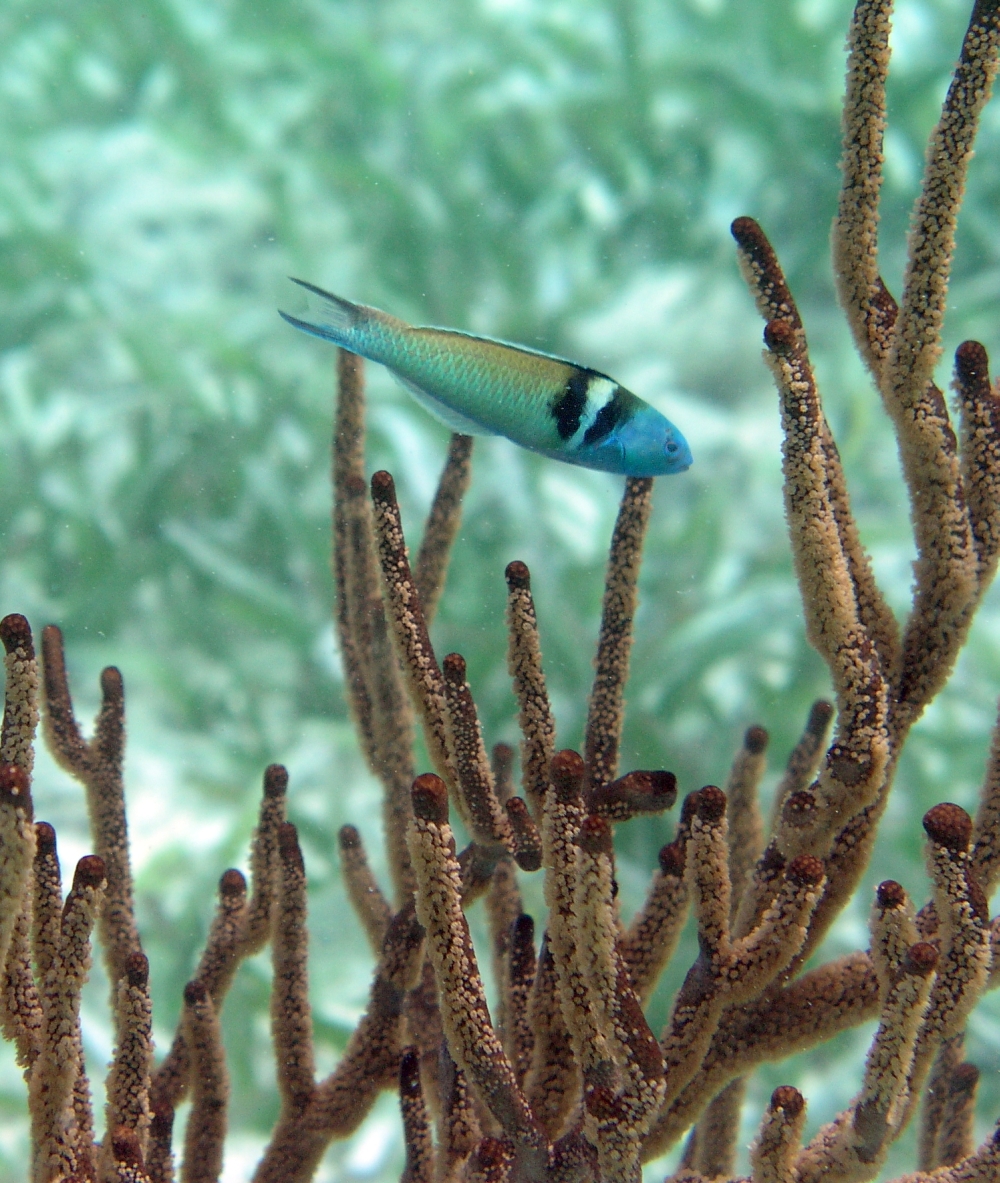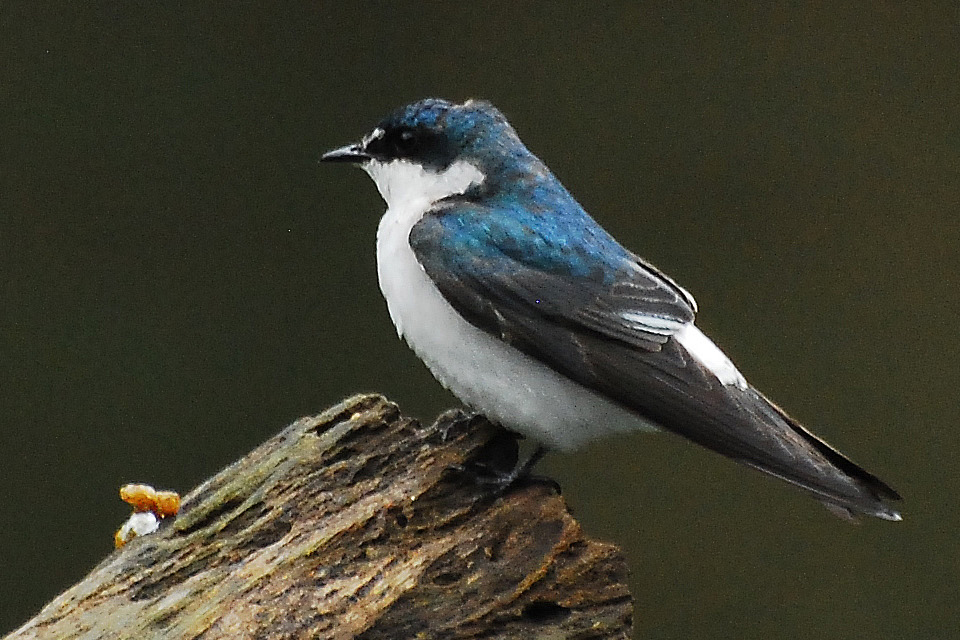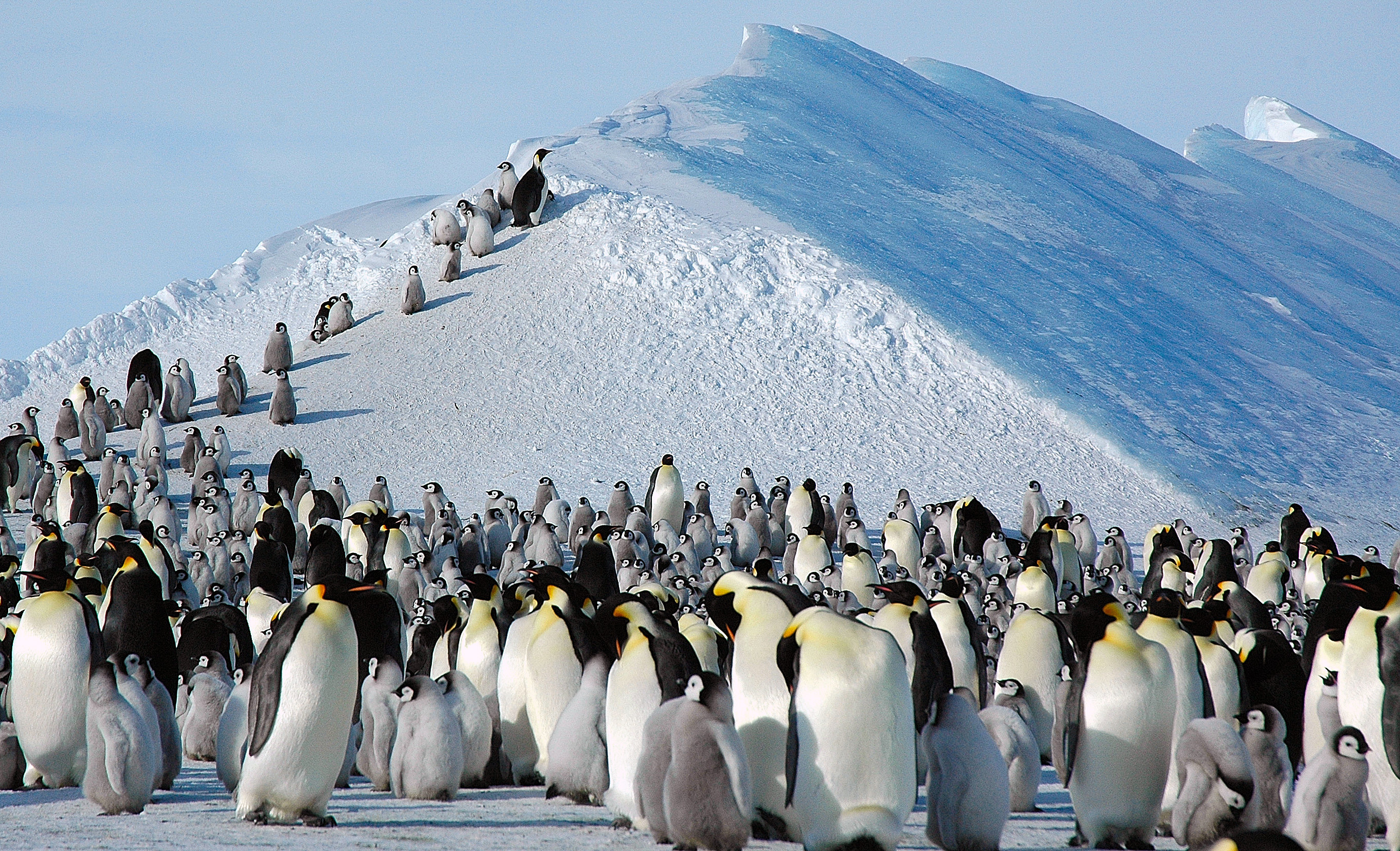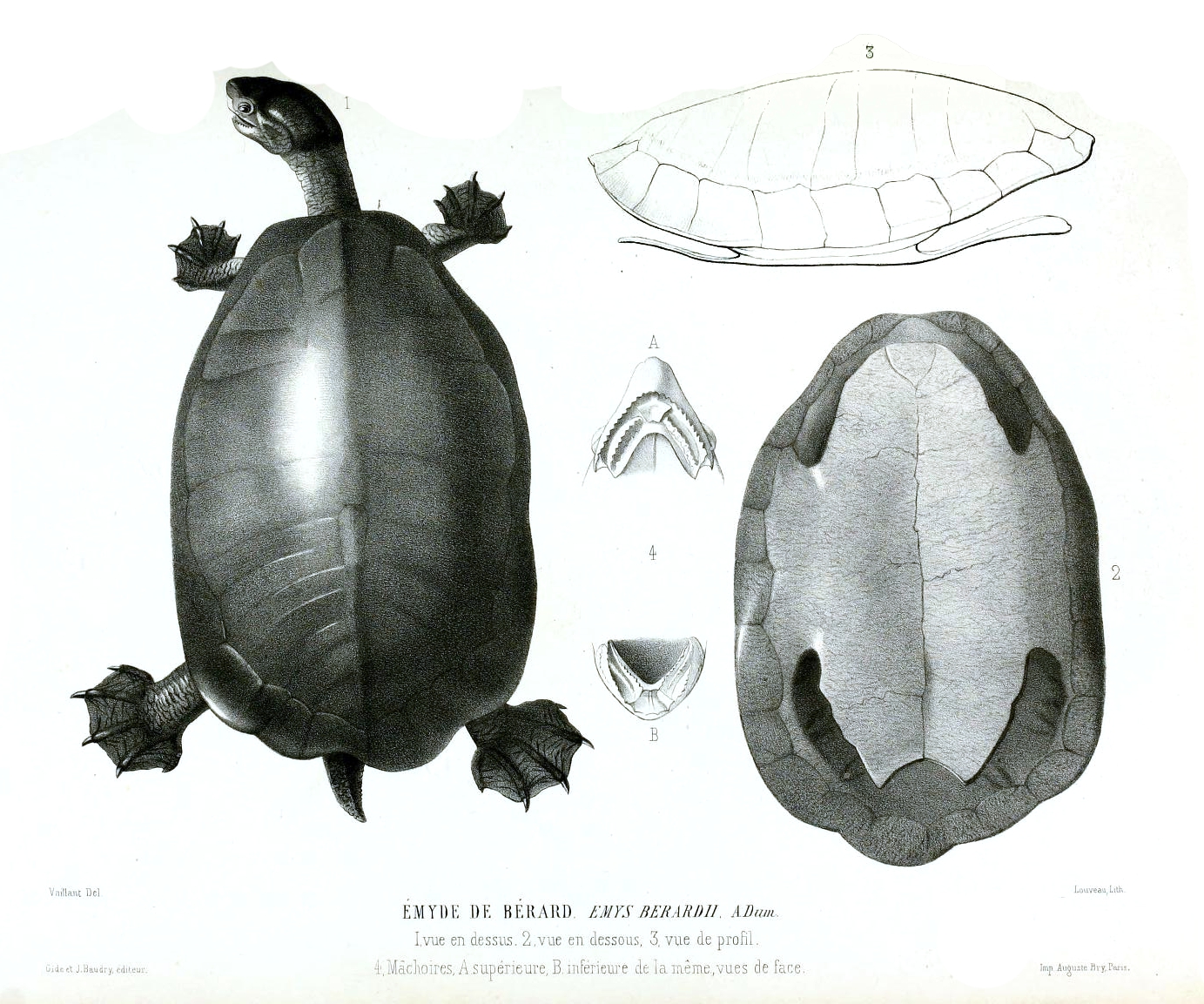|
Río Bravo Conservation And Management Area
The Rio Bravo Conservation and Management Area is a nature reserve located in north-western Belize. History Rio Bravo, as it is known, was established by Programme for Belize in 1988 with the purchase of 110,044 acres (44,533.2 hectares) of land from Gallon Jug Agroindustries. With logging encroachment imminent in 1989, the Nature Conservancy joined Programme for Belize to protect the land. Additional land donations from Coca-Cola Foods, Inc. (42,007 acres in 1990 and in 1992) and purchases from New River Enterprises Ltd. (14,011 acres and both in 1994) enlarged the protected area to . Rio Bravo is the largest terrestrial Conservation in Belize, conservation area in Belize, comprising 4% of the country's total land area. Ecology Rio Bravo is host to a wide variety of habitats including Belizean pine forest, secondary palm and broadleaf forest, marsh forest and freshwater lagoons. Surveys have recorded over 70 mammal species (greater than 50% bats) and 392 bird species (25% of ... [...More Info...] [...Related Items...] OR: [Wikipedia] [Google] [Baidu] |
Belize
Belize is a country on the north-eastern coast of Central America. It is bordered by Mexico to the north, the Caribbean Sea to the east, and Guatemala to the west and south. It also shares a maritime boundary with Honduras to the southeast. Part of the Caribbean region, Belize is a member of the Caribbean Community (CARICOM) and the Commonwealth Caribbean, the historical British West Indies. The Maya civilization spread into the area of Belize between 1500 BCE and 300 CE and flourished until about 1200. European contact began in 1502–04 when Christopher Columbus sailed along the Gulf of Honduras. European exploration was begun by English settlers in 1638. Spanish Empire, Spain and Kingdom of Great Britain, Britain both laid claim to the land until Britain defeated the Spanish in the Battle of St. George's Caye (1798). It became British Honduras, a British colony in 1840, and a Crown colony in 1862. Belize achieved its independence from the United Kingdom on 21 September ... [...More Info...] [...Related Items...] OR: [Wikipedia] [Google] [Baidu] |
BirdLife International
BirdLife International is a global partnership of non-governmental organizations that strives to conserve birds and their habitats. BirdLife International's priorities include preventing extinction of bird species, identifying and safeguarding important sites for birds, maintaining and restoring key bird habitats, and empowering conservationists worldwide. It has a membership of more than 2.5 million people across List of BirdLife International national partner organisations, 116 country partner organizations, including the Royal Society for the Protection of Birds, the Wild Bird Society of Japan, the National Audubon Society, and American Bird Conservancy. BirdLife International has identified 13,000 Important Bird Area, Important Bird and Biodiversity Areas and is the official International Union for Conservation of Nature's IUCN Red List, Red List authority for birds. BirdLife International has established that 1,375 bird species (13% of the total) are threatened with extinc ... [...More Info...] [...Related Items...] OR: [Wikipedia] [Google] [Baidu] |
Nature Conservation In Belize
Since declaring independence in 1981, Belize has enacted many environmental protection laws aimed at the preservation of the country's natural and cultural heritage, as well as its wealth of natural resources. These acts have established a number of different types of protected areas, with each category having its own set of regulations dictating public access, resource extraction, land use and ownership. Roughly 26% (2.6 million acres, or 1.22 million hectares) of Belizean land and sea is preserved within a total of 95 reserves, which vary in their purpose and level of protection. This network of protected areas exists under a variety of management structures: * of terrestrial reserves; * of marine reserves; * protected through officially recognised private conservation initiatives. However, most of these protected areas are actually for the management of resource use and extraction, rather than for the preservation of the environment. Background Biodiversity Situated ... [...More Info...] [...Related Items...] OR: [Wikipedia] [Google] [Baidu] |
Important Bird Areas Of Belize
Importance is a property of entities that matter or make a difference. For example, World War II was an important event and Albert Einstein was an important person because of how they affected the world. There are disagreements in the academic literature about what type of difference is required. According to the causal impact view, something is important if it has a big causal impact on the world. This view is rejected by various theorists, who insist that an additional aspect is required: that the impact in question makes a value difference. This is often understood in terms of how the important thing affects the well-being of people. So in this view, World War II was important, not just because it brought about many wide-ranging changes but because these changes had severe negative impacts on the well-being of the people involved. The difference in question is usually understood counterfactually as the contrast between how the world is and how the world would have been withou ... [...More Info...] [...Related Items...] OR: [Wikipedia] [Google] [Baidu] |
Protected Areas Of Belize
Since declaring independence in 1981, Belize has enacted many environmental protection laws aimed at the preservation of the country's natural and cultural heritage, as well as its wealth of natural resources. These acts have established a number of different types of protected areas, with each category having its own set of regulations dictating public access, resource extraction, land use and ownership. Roughly 26% (2.6 million acres, or 1.22 million hectares) of Belizean land and sea is preserved within a total of 95 reserves, which vary in their purpose and level of protection. This network of protected areas exists under a variety of management structures: * of terrestrial reserves; * of marine reserves; * protected through officially recognised private conservation initiatives. However, most of these protected areas are actually for the management of resource use and extraction, rather than for the preservation of the environment. Background Biodiversity Situated ... [...More Info...] [...Related Items...] OR: [Wikipedia] [Google] [Baidu] |
Mangrove Swallow
The mangrove swallow (''Tachycineta albilinea'') is a passerine bird in the swallow family that breeds in coastal regions from Mexico through Central America to Panama. It has blue-green upperparts, blackish flight feathers, a white rump, a black tail, and white underparts. It can be identified by the white streak, the white line near its eye, which only occurs in two other species of '' Tachycineta'': the violet-green swallow and the white-rumped swallow. The sexes, although similar in plumage, differ slightly in size. The juveniles have grey-brown upperparts and white-washed underparts. This swallow's song is generally described as a soft trilling, with a rolled ''jeerrt'' call, and a sharp alarm note. The mangrove swallow is very territorial when breeding, much like the related tree swallow. Its nest is normally built in a hole or crevice near water and less than above the ground. This species usually feeds alone when breeding, but will feed in groups when not. It normally ... [...More Info...] [...Related Items...] OR: [Wikipedia] [Google] [Baidu] |
Lamanai
Lamanai (from ''Lama'anayin'', "submerged crocodile" in Yucatec Maya) is a Mesoamerican archaeological site, and was once a major city of the Maya civilization, located in the north of Belize, in Orange Walk District. The site's name is pre-Columbian, recorded by early Spanish missionaries, and documented over a millennium earlier in Maya inscriptions as ''Lam'an'ain''. Lamanai is renowned for its exceptionally long occupation spanning three millennia, beginning in the Early Preclassic Maya period and continuing through the Spanish and British Colonial periods, into the 20th century. Unlike most Classic-period sites in the southern Maya lowlands, Lamanai was not abandoned at the end of the 10th century AD. History Lamanai was occupied as early as the 16th century BC. The site became a prominent centre in the Pre-Classic Period, from the 4th century BC through the 1st century AD. In 625 AD, "Stele 9" was erected there in the Yucatec language of the Maya.Michael P. ClosThe Hier ... [...More Info...] [...Related Items...] OR: [Wikipedia] [Google] [Baidu] |
Limestone
Limestone is a type of carbonate rock, carbonate sedimentary rock which is the main source of the material Lime (material), lime. It is composed mostly of the minerals calcite and aragonite, which are different Polymorphism (materials science), crystal forms of calcium carbonate . Limestone forms when these minerals Precipitation (chemistry), precipitate out of water containing dissolved calcium. This can take place through both biological and nonbiological processes, though biological processes, such as the accumulation of corals and shells in the sea, have likely been more important for the last 540 million years. Limestone often contains fossils which provide scientists with information on ancient environments and on the evolution of life. About 20% to 25% of sedimentary rock is carbonate rock, and most of this is limestone. The remaining carbonate rock is mostly Dolomite (rock), dolomite, a closely related rock, which contains a high percentage of the mineral Dolomite (mine ... [...More Info...] [...Related Items...] OR: [Wikipedia] [Google] [Baidu] |
Yucatán Platform
The Yucatán Platform or Yucatán Shelf is a geologic or physiographic province, and a continental and carbonate platform, in the Maya Block of the southernmost portion of the North American Plate. It comprises the Yucatán Peninsula and its continental shelf, located between the Gulf of Mexico and the Caribbean Sea. Extent The Yucatán Platform is commonly defined as the continental platform constituted by the Yucatán Peninsula and its continental shelf. As such, the margins of the continental shelf, or, more particularly, their isobaths or depth contours, are often taken as the platform's submarine limits. Its subaerial limits (on the Yucatán Peninsula) are less precisely fixed. The US Geological Survey have demarcated the limits of the Yucatán Platform. Their British, Belizean, and Mexican counterparts have not defined an equivalent geologic, physiographic, or geomorphic province or region. Geography Political The exposed or peninsular portion of the Yucatá ... [...More Info...] [...Related Items...] OR: [Wikipedia] [Google] [Baidu] |
Important Bird Area
An Important Bird and Biodiversity Area (IBA) is an area identified using an internationally agreed set of criteria as being globally important for the conservation of bird populations. IBA was developed and sites are identified by BirdLife International. There are over 13,000 IBAs worldwide. These sites are small enough to be entirely conserved and differ in their character, habitat or ornithological importance from the surrounding habitat. In the United States the program is administered by the National Audubon Society. Often IBAs form part of a country's existing protected area network, and so are protected under national legislation. Legal recognition and protection of IBAs that are not within existing protected areas varies within different countries. Some countries have a National IBA Conservation Strategy, whereas in others protection is completely lacking. History In 1985, following a specific request from the European Economic Community, Birdlife International dr ... [...More Info...] [...Related Items...] OR: [Wikipedia] [Google] [Baidu] |
Programme For Belize
The Programme for Belize is a private initiative, established in 1988 by Ben Campbell and Arnold Brown. Massachusetts Audubon Society generously provided financial support and management guidance to identify boundaries of the property, successfully maneuver governmental requirements, and effect the purchase of over 300,000 acres of tropical forest in Belize. Loans were given to PfB by The Nature Conservancy. The World Land Trust helped Pfb raise funds to reduce the debt. Many other eco-driven organizations have helped raise funds to maintain and protect the property. The current executive director of Programme for Belize is Edilberto Romero. Activities The Programme for Belize has established a protection programme of twelve rangers for the Rio Bravo Conservation and Management Area that protect three of the major entrances and patrol the boundaries of the reserve. The Rio Bravo area, roughly 4% of Belize's total land area, is 262,000 of tropical forest in the northern part ... [...More Info...] [...Related Items...] OR: [Wikipedia] [Google] [Baidu] |
Central American River Turtle
The hickatee (''Dermatemys mawii'') or in Spanish ''tortuga blanca'' ('white turtle'), also called the Central American river turtle, is the only living species in the family Dermatemydidae. The species is found in the Atlantic drainages of Central America, specifically Belize, Guatemala, southern Mexico, and probably Honduras. It is a relatively large-bodied species, with records of straight carapace length and weights of ; although most individuals are smaller. This is a herbivorous and almost completely aquatic turtle that does not even surface to bask. Bizarrely for reptiles, the eggs can remain viable even after being underwater for weeks -in the recent past, some scientists mistakenly claimed it nests underwater, likely due to visiting Central America during a frequent flood, when nests are often submerged. In the culture of the Ancient Mayan civilisation this species and turtles in general had numerous uses such as being used in warfare, as musical instruments and as fo ... [...More Info...] [...Related Items...] OR: [Wikipedia] [Google] [Baidu] |






